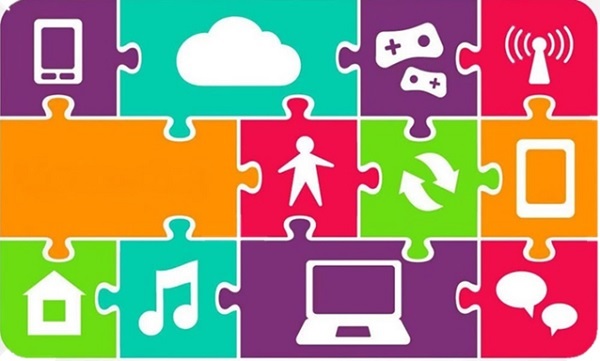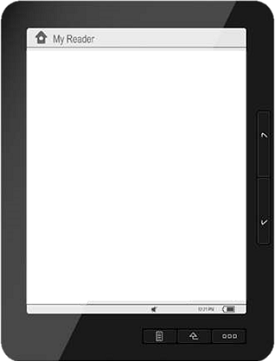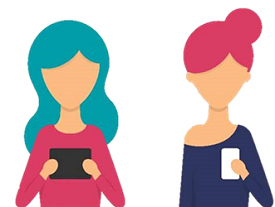
- Mobile Learning Essentials - Home
- Introduction
- Mobile Learning Essentials - Myths
- Enhancing Mobile Learning
- Case Study1
- Reflection and Research
- Cost vs Benefit Ratio
- Communication Mobile Learning
- PersonaliZing M-Learning Platforms
- Expectations of Mobile Learners
- Cultural Factors
- Frameworks
- Role of Context
- Facilitating Mobile Learning
- Case Study2
- Adopting Mobile Learning
Mobile Learning Essentials - Introduction
Mobile Learning, often shortened as M-learning, is the concept of gaining education on various available contexts by the usage of social media interactions and online content from using portable electronic media. The advantage with this technology is that it doubles up as a convenient form of distance education and also a time managing tool, as students have the option to avail the education at a time of the day as per their liking.

When we say M-learning technologies, it is generally a blanket term which also includes other hand-held devices like −
- MP3 Players
- Mobile Phones
- Smartphones
- Tablets and
- Phablets (a tablet which can also operate as a calling device)
The feature that M-learning focuses the most is on providing the learners a flexibility of time and place. The content must be made available for access according to the ease and convenience of the learner.
To achieve this, many mobile tools have been created to engage and assist learners in finding new learning materials and sources. M-learning is the most convenient form of online educational platform today, simply because content can be accessed from any place on demand.
Defining Mobile Learning

Mobile learning can be defined superficially as a learning pedagogy that involves learning using mobile devices. However, there is more to this than meets the eye. What appears as simply a change of learning method, actually involves multiple learners accessing information stored in one remote server simultaneously and sharing their feedback on it.
The devices are just accessories to learning, as classrooms, boards and chalk used to be. The important point here is providing the flexibility and context.
For example, an online training session that needs to be attended between 3 and 5 in the afternoon, without any chances of flexi-times, isnt mobile learning, even if the learner can attend the meeting online via his mobile device.
Mobile learning allows for an environment of education that is not possible due to the physical and time-bound restrictions of working in desk jobs. Despite having such tremendous potential to take over standard methods of education, M-learning has very little research to support its claims; two reasons can be attributed to this, which are given below.
Reason 1 − One of them being the very feature that gives M-learning its foundation, i.e., the device itself. By the time any research team has adequately held any observation over some period of time, some new device offering new features floods the market and disrupts the available data.
Reason 2 − The students and employees are subject to the policies of their institutions or organizations, many of which do not encourage carrying of mobile phones or usage of it within their premises over concerns regarding privacy, protecting confidential details and minimizing distraction at work.
Online Learning vs. Mobile Learning vs. Digital Learning vs. e-Learning
Online Learning, Mobile Learning, Digital Learning, and e-Learning sound so similar to one another that people feel they are interchangeable terms and people use them so. While certain portions do overlap with one another, there are some distinctions as well. Let us discuss them.
Online Learning is used to describe a learning pedagogy engaging both offline and online tools. A good example of this would be a learner reading Geography, and then referring to google maps to understand the concept of scale.
e-learning refers to the extensive usage of internet in learning where all access to information needs internet usage and data is shared and accessed online only.
Mobile Learning is designed as a learning on the go concept, where snippets of information are shared on individual topics as answers to particular questions, which makes it fundamentally different from the holistic approach towards learning that elearning adopts.
Digital Learning is basically the combination of all these types of learning. Its one term that encapsulates offline learning and online learning, so sometimes digital learning is also referred to as Blended Learning.
Why Mobile Learning?

Mobile Learning allows educational institutions to expand their educational services beyond the boundaries of their classrooms right into the reading rooms of their learners.
Not only providing content quickly to multiple learners, sharing feedback and editing becomes faster too. M-learning caters to performance support systems as well, as employees can share their work details with their managers, who in turn, suggest changes and offer them alternatives.
Many institutions are typing up with such platforms that can help provide their content as per the availability of the user. This is also an attractive platform to attract students and teachers towards education.